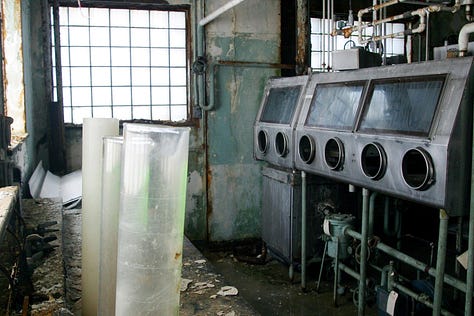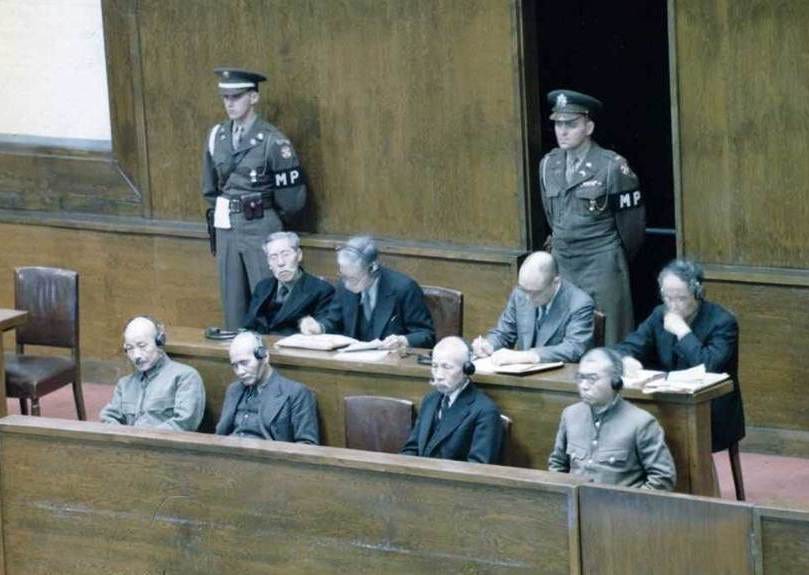The Mengele of Asia: Shirō Ishii and the Forgotten Genocide of Imperial Japan
We remember the Nazis. We teach about Auschwitz. We swear “never again.”But history’s deadliest ideologies didn’t die in Berlin.
We remember the Nazis. We teach Auschwitz. We swear “never again.”
But history’s deadliest ideologies didn’t die in Berlin. They flourished in Tokyo.
While Hitler industrialized genocide in Europe, Japan ran a parallel empire of horror in Asia—one so grotesque, it’s still evaded full accountability.
At the center of it stood Unit 731—a top-secret Japanese military program focused on biological warfare, torture, and human experimentation. It was led by Shirō Ishii, a brilliant microbiologist turned war criminal, whose name should stand alongside Mengele’s.
Instead of animals, Ishii and Unit 732 tested on humans—men, women, children. Mostly Chinese, some Koreans, Russians, even Allied POWs.
Based in occupied Manchuria, Unit 731 infected victims with plague, anthrax, cholera—then dissected them alive to study the effects. Others were frozen, thawed, and refrozen until flesh fell off the bone. Pregnant women were raped, then vivisected with their unborn children still inside.



The unit dropped plague bombs on Chinese cities, unleashing mass death. Ishii even dreamed of a biological blitz on the U.S. West Coast.
This wasn’t rogue brutality—it was a state-sponsored program, backed by Japan’s top military brass and shielded by the emperor.
A War Criminal’s Reward
Ishii didn’t hang at the Japanese version of the Nuremberg-style tribunal, The International Military Tribunal for the Far East (IMTFE), also known as the Tokyo Trial. Ishii cut a deal.
After Japan’s surrender, the U.S. granted Ishii and his team immunity in exchange for their research—data extracted through torture and death. The Cold War had begun, and biological warfare intelligence was deemed too valuable to pass up.
Some Unit 731 scientists were brought to the U.S., others absorbed into Japan’s medical establishment under American supervision. Just like Operation Paperclip with Nazi scientists, justice was buried in classified files.
Ishii lived freely in Japan and died in 1959. No trial. No prison. No justice.
Most victims were never named. No compensation. No reckoning. Japan avoided the accountability Germany faced—no tribunals, no museums, no apologies.
And America helped bury the truth.
The legacy didn’t end in Manchuria. Knowledge from Unit 731 helped shape CIA operations across Latin America during the Cold War.
Programs like MK-Ultra—which tested drugs and mind control on unsuspecting subjects—shared DNA with Ishii’s human experiments. In Guatemala, U.S. doctors infected hundreds with syphilis. In Cuba, the U.S. allegedly deployed crop diseases and swine flu—methods echoing Unit 731.
The message was clear: torture, infection, psychological warfare—if used against communism—were no longer crimes. They were tools.



Why It Still Matters
Unit 731 is more than a historical atrocity—it’s a blueprint for how governments justify evil in the name of science or security.
It reminds us:
Genocide and imperialism isn’t just a Western crime. Imperial Japan was as fanatically brutal as the Nazis—sometimes worse. Today, those actually guilty of genocide and colonization are shielded and their victims ignored.
Immunity poisons justice. By protecting Ishii, the U.S. traded morality for military advantage—a choice with echoes today.
And We’re Still Looking Away
Postwar, the U.S. didn’t just defeat fascism—it absorbed parts of it. Nazi scientists helped build rockets. Japanese doctors who cut open children were protected to build bioweapons.
Today, the logic continues. Only now, we ignore Islamist jihad and Chinese repression for oil, trade, and influence. From Nigeria to Every corner of North Africa and the Middle East, jihadist groups commit genocide and are still engaged in modern day slavery. In Iran, the regime slaughters its own people for demanding freedom while exporting Jihad. China, Muslims are interned in the largest camps since WWII—used for labor, experimentation, and organ harvesting. In Communist Nicaragua, Christianas and indigenous populations are getting wiped out.
But we partner with the enablers. We condemn those who fight back. We silence those who warn.
We continue making them with torturers, theocrats and tyrants. The ideology has changed—but the bargain remains:
We’ll ignore your evil, if you are useful to us.
The same moral failure that let Ishii live and imported them and Nazis into our societies echoes today. We can’t name evil because it wears a different face—or serves our interests—“never again” was always a lie.
History didn’t end in Berlin.
It happened also in Tokyo.
And it’s repeating today.













